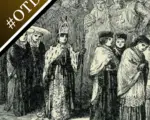
On this day in Tudor history, 6th December, soldier and administrator Sir Hugh Paulet, a man who served four monarchs, died (1573), and the Feast of St Nicholas was celebrated with the election of a Boy Bishop…
[Read More...]
On this day in Tudor history, 6th December, soldier and administrator Sir Hugh Paulet, a man who served four monarchs, died (1573), and the Feast of St Nicholas was celebrated with the election of a Boy Bishop…
[Read More...]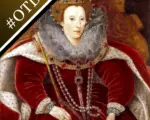
On this day in Tudor history, 30th November, Henry VIII was reproached by the two women in his life: his wife, Catherine of Aragon, and the woman he wanted to marry, Anne Boleyn (1529), and Elizabeth I delivered her famous Golden Speech to the House of Commons (1601)…
[Read More...]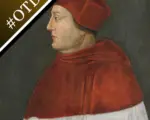
On this day in Tudor history, 29th November, Anthony Browne, 1st Viscount Montagu, a courtier who served in four monarchs’ reigns, was born (1528), and Cardinal Thomas Wolsey cheated the executioner by dying on his journey to London to answer charges of treason (1530)…
[Read More...]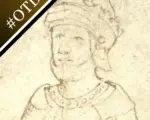
On this day in Tudor history, 28th November, claimant Edward Plantagenet, son of the late Duke of Clarence, was executed for treason on Tower Hill (1499), and MP and political agent Francis Yaxley drowned while bringing gold to Mary, Queen of Scots (1565)…
[Read More...]
On this day in Tudor history, 27th November, a former Benedictine monk was burnt at Smithfield for heresy for importing Lutheran books (1531); and 18-year-old William Shakespeare got married to 26-year-old Anne Hathaway, who was pregnant at the time (1582)…
[Read More...]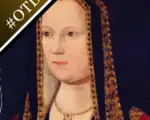
On this day in Tudor history, 24th November, Elizabeth of York’s coronation procession took place in London (1487), and Scottish Reformer, clergyman and founder of Presbyterianism, John Knox, died at his home in Edinburgh (1572)…
[Read More...]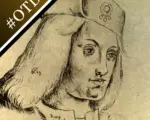
On this day in Tudor history, 23rd November, Pretender Perkin Warbeck was hanged at Tyburn (1499), and scrivener and sailor Edward Squire was hanged, drawn and quartered for plotting to poison Elizabeth I and the Earl of Essex (1598)…
[Read More...]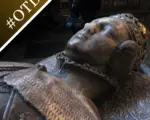
On this day in Tudor history, 21st November, John Bale, Protestant playwright, historian and bishop, was born (1495); and Frances Grey (née Brandon), Duchess of Suffolk and mother of Lady Jane Grey, died (1559)…
[Read More...]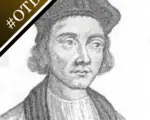
On this day in Tudor history, 18th November, Ralph Baynes, Bishop of Coventry and Lichfield, died while imprisoned in the Bishop of London’s home, and his fellow clergyman, Cuthbert Tunstall, Bishop of London, died in prison at Lambeth Palace (1559)…
[Read More...]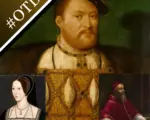
On this day in Tudor history, 15th November, Katherine of York, Countess of Devon, died at Tiverton Castle (1527); and Pope Clement VII threatened Henry VIII and Anne Boleyn with excommunication because Henry VIII had defied the pope’s instructions (1532)…
[Read More...]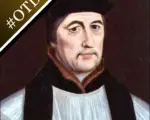
On this day in Tudor history, 12th November, Queen Jane Seymour’s remains were taken from Hampton Court Palace to Windsor Castle for burial (1537); and Stephen Gardiner, Bishop of Winchester, “Wily Winchester”, died (1555)…
[Read More...]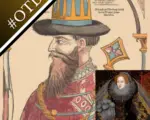
On this day in Tudor history, 28th October, celebrations included wrestling and bear baiting on the last day of Henry VIII’s meeting with Francis I (1532); and Ivan IV of Russia, known commonly as Ivan the Terrible, wrote a rather rude letter to Queen Elizabeth I…
[Read More...]
On this day in Tudor history, 26th October, Sir Thomas More was sworn in as Henry VIII’s Lord Chancellor, replacing the fallen Cardinal Thomas Wolsey (1529); and the Pilgrimage of Grace rebels, who outnumbered the Crown’s forces, chose to negotiate rather than fight (1536)…
[Read More...]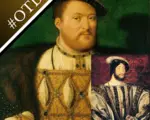
On this day in Tudor history, 25th October, Henry VIII returned to Calais following his visit to the French court at Boulogne, taking Francis I with him; and today is the the feast of Saints Crispin and Crispinian, martyrs of the Early Church and the patron saints of cobblers…
[Read More...]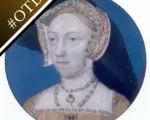
On this day in Tudor history, 24th October, Queen Jane Seymour, Henry VIII’s third wife, died at Hampton Court Palace; and John White, governor of the Roanoke Colony, returned to England after failing to find the lost colonists…
[Read More...]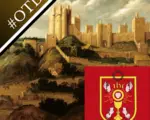
On this day in Tudor history, 20th October, Lord Darcy yielded Pontefract Castle to the rebels of the Pilgrimage of Grace, but all was not how it seemed (1536), and courtier Mary Arundell, a countess twice over, died at Bath Place in London (1557)…
[Read More...]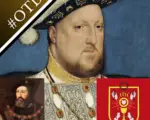
On this day in history, two people who’d soon become the famous Catholic monarchs of Spain, Ferdinand of Aragon and Isabella of Castile, got married in Valladolid; and Henry VIII gave brutal instructions on how the rebels of the Pilgrimage of Grace and their supporters should be handled…
[Read More...]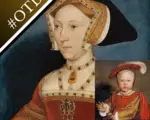
On this day in Tudor history, 12th October, Edward VI, son of Henry VIII and Jane Seymour, was born (1537); and MP and administrator Lewis Owen was murdered on a Welsh mountain pass as a result of his campaign against outlaws (1555)…
[Read More...]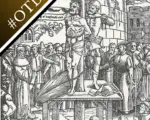
On this day in Tudor history, 6th October, royal physician, scholar and college founder John Caius was born; and reformer and Bible translator William Tyndale, a man whose works had both helped Henry VIII and incurred the king’s wrath, was executed…
[Read More...]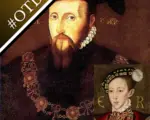
On this day in Tudor history, 5th October, Henry VIII’s daughter, two-year-old Princess Mary, became betrothed to the French dauphin; and Lord Protector Somerset ordered a gathering of men at Hampton Court Palace to protect him and the young King Edward VI…
[Read More...]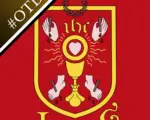
On this day in Tudor history, rebel leader Sir Francis Bigod was born; and the Lincolnshire Rising, the beginnings of the Pilgrimage of Grace, continued as trouble erupted in Horncastle…
[Read More...]
On this day in Tudor history, 29th September, Cardinal Lorenzo Campeggio, papal legate, arrived in England ready to hear the case for Henry VIII’s annulment; and Elizabeth I made her favourite, Robert Dudley, Earl of Leicester so that he could marry Mary, Queen of Scots…
[Read More...]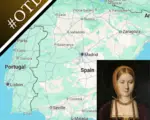
On this day in Tudor history, 27th September, John de la Pole, 2nd Duke of Suffolk and first husband of Margaret Beaufort, was born; and fifteen-year-old Catherine of Aragon set sail for England from Laredo, Spain, for her marriage to Arthur Tudor…
[Read More...]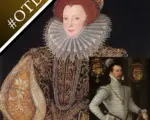
On this day in Tudor history, 21st September, theologian and chaplain Henry Pendleton, a man known for changing his faith, was buried; and Robert Dudley, Earl of Leicester, married Lettice Devereux in secret…
[Read More...]
On this day in Tudor history, Henry VIII rode triumphantly through the streets of Boulogne after the French surrendered it to him; and Edward Courtenay, 1st Earl of Devon, a prospective bridegroom for both of Henry VIII’s daughters, died…
[Read More...]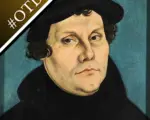
On this day in Tudor history, 6th September, famous reformer Martin Luther sent his treatise to Pope Leo X; Sir Francis Drake entered the Pacific Ocean; and physician, clergyman and inventor of modern shorthand, Timothy Bright, was buried…
[Read More...]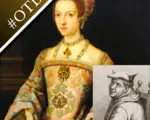
On this day in Tudor history, 5th September, Catherine Parr, Queen Dowager, died a few days after giving birth to her first child at Sudeley Castle; and Edmund Bonner, Bishop of London and a man known as “Bloody Bonner”, died in prison…
[Read More...]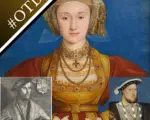
On this day in Tudor history, 4th September, William, Duke of Cleves, signed a treaty promising his sister, Anne, in marriage to Henry VIII; and Robert Dudley, Earl of Leicester died…
[Read More...]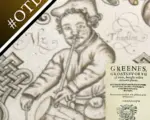
On this day in Tudor history, Elizabethan actor and famous clown Richard Tarlton died; and writer and playwright Robert Greene, who dubbed Shakespeare an “upstart crow”, died…
[Read More...]
On this day in Tudor history, 2nd September, Gerald Fitzgerald, 9th Earl of Kildare and Lord Deputy of Ireland, died in the Tower of London following a rebellion by his son, Silken Thomas; and naval commander and explorer Sir Richard Grenville died after the Battle of Flores…
[Read More...]